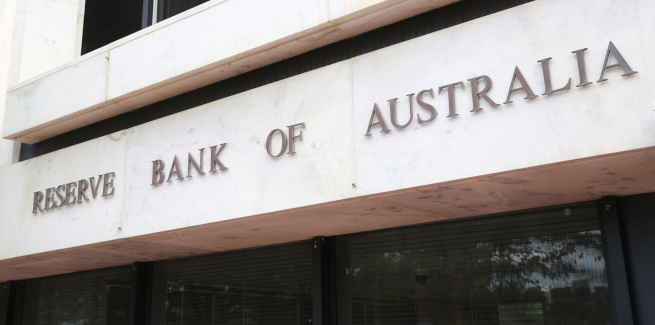Speaking to Mortgage Business, principal of Digital Finance Analytics (DFA) Martin North observed that recent trends in the international banking and financial markets have signalled a change in the way domestic economic conditions are regulated.
Mr North believes that the central bank’s use of the cash rate is now “less useful”, with regulators, including the Australian Prudential Regulation Authority (APRA), increasingly applying macro-prudential tools to influence market conditions.
“There’s no doubt that around the world, macro-prudential tools are being used more and more to tame the property market in particular, and that’s because the interest rate lever is very blunt,” Mr North said.
“It’s not just a question of you set a rate and everybody keeps to it. The rates are determined much more by the interplay of international financial pressures.”
Mr North pointed to recent mortgage rate hikes from Australian lenders, off the back of rising funding costs brought about by the rising bank bill swap rate (BBSW).
“For example, the US market is putting their rates up and that’s having a big impact on the BBSW here,” Mr North continued.
“That will mean that mortgage rates are likely to go up that’s independent of what the Reserve Bank is doing.
“The interest rate lever that was traditionally used is now less useful and less powerful, so by definition, they’re going to have to use other tools and techniques.
“Macro-prudential tools are the ones that all the regulators around the world and institutions like the Bank of International Settlements (BIS) and the IMF are saying are the most appropriate tools to use, so I’m sure they’ll be used more in the future.”
Mr North also noted that Australian lenders would have “little choice” but to hike mortgage rates, irrespective of domestic economic conditions.
“It’s a really difficult dilemma. I personally think the banks have little choice but to, in some way, lift rates, and of course, we’ve seen the likes of Suncorp, Citigroup and First State do it, so some of the banks have already taken the first steps,” the principal added.
“I personally think they’ll be forced to. It’s a question of timing, but it is a tricky one because it will put more financial pressure on households who are feeling the weight of no real income growth and rising costs, and big mortgages.”
However, speaking to the media on Wednesday (20 June), Treasurer Scott Morrison downplayed the effect that rising funding costs have had on interest rates, instead noting that he believes more competition in the mortgage market has placed downward pressure on home loan rates.
“What we’re seeing is actually a bit more competition in the housing mortgage market. [Reserve Bank governor] Phil Lowe [has] made that point since the end of last year. New mortgages are about 15 basis points down from where they were previously.
“So, despite an argument that there’s been an increase in funding costs, the actual rates have come down, and particularly for those in the owner-occupier segment of the market, and that’s welcome.”
Further, Mr Morrison praised Australia’s regulators and made particular reference to the effect that APRA’s macro-prudential measures have had on the Australian housing market, despite fears that the slowdown has persisted longer than anticipated.
“I think the macro-prudential settings that are currently in place are right, they’re reviewed very regularly,” Mr Morrison said.
“I recently attended, as I do, a meeting with the Council of Financial Regulators where these matters were reviewed once again and I want to commend APRA, the Reserve Bank, ASIC and Treasury for the strong work they’ve done in ensuring we’re keeping a very close eye on [market conditions].
“[But] what’s happening in the housing market now is there’s ample room in those macro-prudential settings for credit growth to be available to the investors.
“We’re seeing first home buyers re-enter the market now at a level we haven’t seen for some time, and that was the point.”
However, ANZ has recently noted that the nationwide fall in housing values has persisted longer than it expected, and has also predicted that dwelling prices in Sydney in Melbourne will fall by 10 per cent peak to trough, driven by tighter credit conditions.
Senior economists at ANZ Research Daniel Gradwell and Joanne Masters claimed that, unlike previous downturns, softening home prices have been “driven by tightening credit availability rather than rising interest rates which have shaped previous cycles”.
[Related: Analysis: When regulation create mortgage ‘prisoners’]

